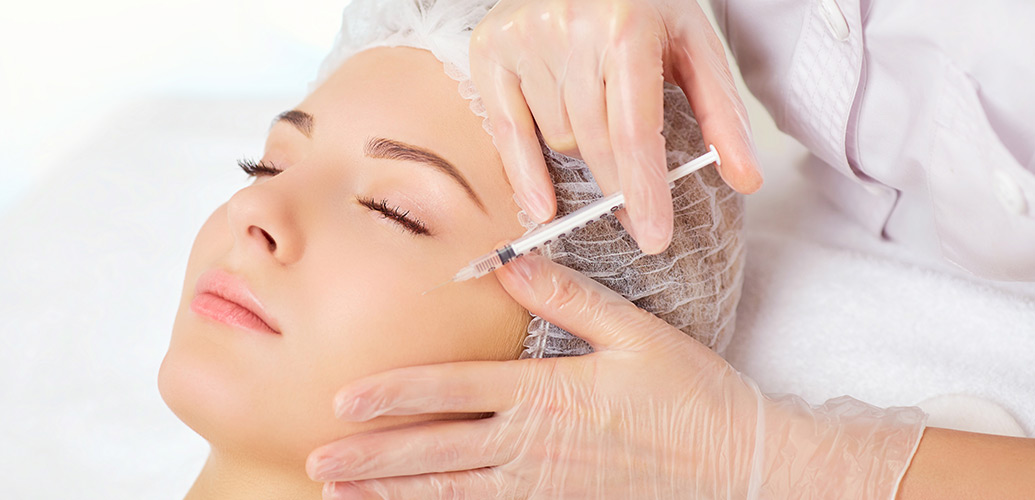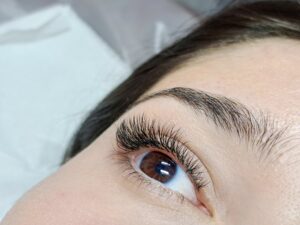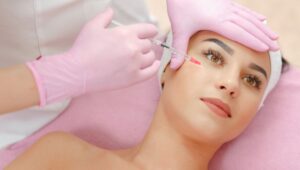So you have frown lines and wrinkles across your forehead, and you’re thinking of getting Botox to reverse it. If you’re still on the fence and you do not think Botox is right for you, here are a few things you should know about this treatment.
What is Botox and Who is It For?
Botox is the purified compound derived from the proteins created by the bacterium Clostridium botulinum. Small doses of Botox directly into the muscles can block signals between the nerves and the muscles, which inhibits muscle contraction, thereby smoothing out current facial lines and wrinkles and delaying the formation of new lines. However, Botox is not just for aesthetic purposes for those who want that youthful appearance. There are a number of health conditions that Botox can help resolve as approved by the FDA.
What are the Benefits of Botox Treatment?
Although Botox is most popular for its anti-aging effects by relaxing the muscles that cause wrinkles and other lines in the face, several studies have also shown how it can help the following conditions:
-
Migraine
There is still no known cure for chronic migraine, but a significant number of people who’s had Botox reported fewer migraine attacks with less intensity. Since 2010 Botox has been approved to alleviate the pain of migraine headaches. Regular injections have been reported help block to the nerves that carry pain signals from the brain.
-
Excessive sweating
It has been observed that people who have had Botox injected into the muscles of the face seem to sweat less. After significant testing and studies, Botox has been approved by the FDA to treat a condition called hyperhidrosis or excessive sweating. It is often used for areas that sweat more such as the underarms, palms, and soles of the feet.
-
Strabismus
The FDA has also approved the use of Botox to treat a condition called strabismus or crossed-eyes. Botox can relax the eye muscles, which provides a temporary correction of crossed eyes.
-
Urge incontinence
Botox can be used to treat an overactive bladder, urge incontinence, or bladder spasms. This condition causes a sudden urge to urinate and leaking. Through Botox injections into the bladder, the muscles relax and prevent leaking, giving the patient enough time to reach the bathroom to urinate.
-
Cervical dystonia
Cervical dystonia is a condition that causes severe muscle spasms on the neck. Botox prevents the nerves from sending a signal for neck muscles to contract, thus preventing spasms.
-
Hemifacial spasm
Spasms around the face, including eye twitching, can be treated with Botox. It can relax the facial muscles preventing unwanted and unsettling twitches and tics.
-
Brow ptosis
Brow ptosis or droopy eyebrows happen with age as the skin around the eyebrows loses elasticity and drops down. Botox can relax the brow muscles, which gives an instant lifting effect.
There are other potential benefits of Botox that are currently being researched including reduction of symptoms of depression, bell’s palsy, premature ejaculation, abnormal heartbeat, vaginal contractions, and pelvic floor spasms.
Botox vs. Cosmetic Surgery
If you can’t decide whether to get Botox or cosmetic surgery, like a facelift, to keep a youthful appearance, here’s a guide that can help you understand the pros and cons of each.
Botox
Pros
- Minimally invasive, with treatments lasting about 15 minutes
- Little to no downtime
- Reasonably priced treatments that last for more than three months
- Minor side effects and no risk of infections
- Immediate results
Cons
- Results are temporary requiring regular treatments
- Cannot correct sagging skin and other major facial issues
Cosmetic Surgery
Pros
- More significant changes and visible results
- Treats and corrects more issues than Botox
- Results are almost permanent lasting for more than 10 years
Cons
- Includes the risks and side effects of using anesthesia
- Invasive procedures result in longer recovery time which may last for weeks or months
- Visible stitches for several days with some risk of infection and obvious swelling and bruising for days after treatment
- Observable results may take weeks or months to be seen
- Expensive one-time treatment
Where to Get Botox Treatment in New York City
Once you’ve decided that Botox is the right treatment for the results you want to achieve, the next step is to find the right clinic that will deliver the highest quality service and superb outcomes with the budget you have. Look for a clinic that has a positive reputation over years of experience to be assured that you’re in great hands. Another criterion to look for is the credentials of the brand, owner, and injectable specialists.
With James Christian Cosmetics, you’ll find exemplary Botox and facial filler clinics in various locations in New York City and Long Island, owned and operated by a highly qualified injectable expert that have over 10 years of experience. Book a consultation now.
*Information in this article is not medical advice and may not be factually accurate. It is intended for entertainment purposes only. Consult with a physician before attempting any tips in this blog post and to get the most up to date factual data about any procedure or treatment.














